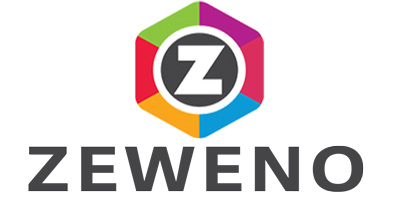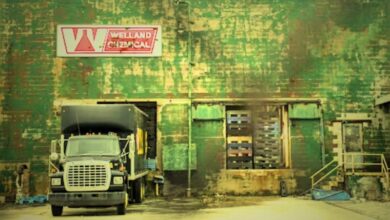The Advantages and Disadvantages of VA Home Loans
So, you’ve served our country and want to buy a home. Department of Veterans Affairs home loans, known as VA loans (VAHL) for short, were created to help veterans and their families achieve the dream of homeownership. The program has benefitted more than 18 million veterans and dependents. VAHL, which are available to certain veterans, active duty military personnel, and reservists, offer many advantages, although there are also a few drawbacks.
The Advantages
One of the major benefits of VAHL is that they don’t require a down payment. Furthermore, there are limitations on closing costs, origination fees, and appraisal fees. Another big advantage of VAHL is that there is no private mortgage insurance. The VA also prohibits lenders from requiring private mortgage insurance since they put a guarantee on the loan. Not having to pay for private mortgage insurance can save borrowers tens of thousands of dollars. Generally speaking, VAHL are a more affordable alternative to conventional home loans.
Applying for a VAHL is pretty much like applying for any conventional home loan, the only difference being that you also have to obtain a certificate of eligibility from the VA. The VAHL process takes two to six weeks, which is about the same length of time that the conventional loan process takes. Just about any lender that offers conventional loans or FHA loans also handles VA loans, so it’s not difficult to find a lender to assist you.
The Disadvantages
Despite the numerous advantages that VAHL offer, there are also some drawbacks. One disadvantage of VA loans is that the maximum guaranteed loan amount is $240,000. While this might buy you a decent home in most parts of the country, in high-priced markets in California, it may not be sufficient. What’s more, not all vets are entitled to a $240,000 loan. The actual loan amount varies depending on the borrower’s income, assets, credit history, and debt.
In some regards, VA loans aren’t all that different from conventional mortgages. For example, VAHL aren’t any easier to qualify for than conventional home loans. If you have a low income or bad credit, don’t count on getting approved for a VAHL. Additionally, it’s a common misconception that VAHL’s have better interest rates than conventional home loans. The reality is that interest rates of VAHL’s are in line with those of conventional home loans. The primary advantage of VAHL’s is the fact that you don’t have to make a down payment.
There’s also a one-time funding fee charged for VAHL’s. Congress has levied this fee on VA loans since 1982. The fee ranges from 1 1/4 percent to 3 percent, depending on various factors, such as the veteran’s service and whether it’s a first or subsequent loan. However, this fee can be lowered if you make a down payment of at least 5 percent. For VA refinance loans, the fee can be anywhere between from a 1/2 percent to 3 percent. Many buyers finance the fee along with their home, but doing so can be quite expensive in the long run, amounting to tens of thousands of dollars over the entire term of the loan.
Ultimately, the choice between a VAHL and a conventional loan will depend on your individual circumstances. For most veterans and service members, VAHL’s are a great deal, but in some cases, going with a conventional home loan or an FHA loan may be a better choice.





